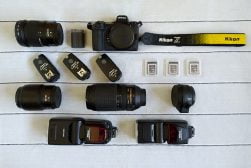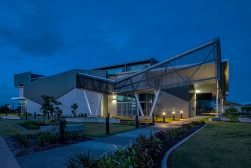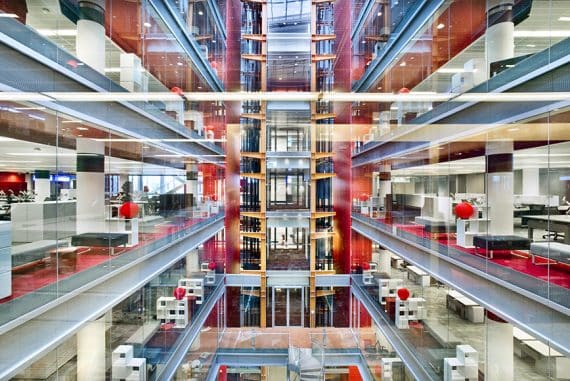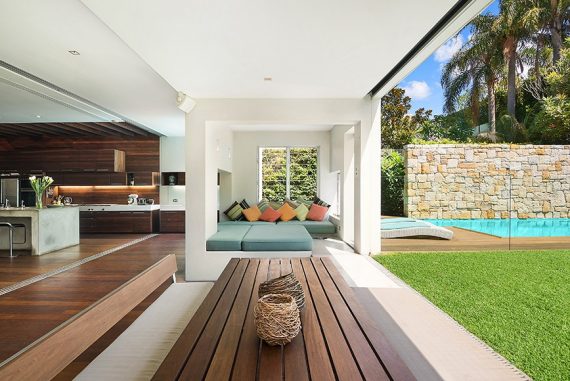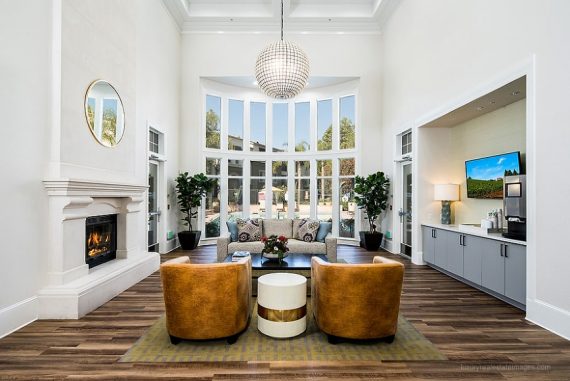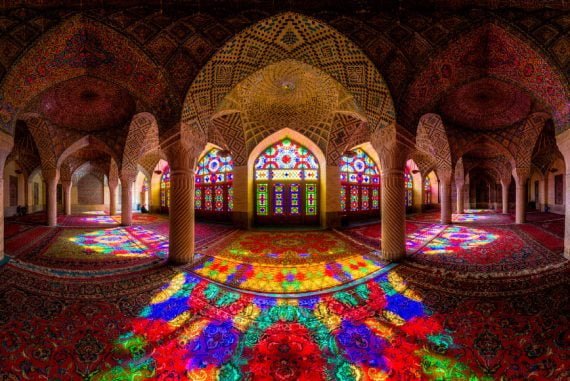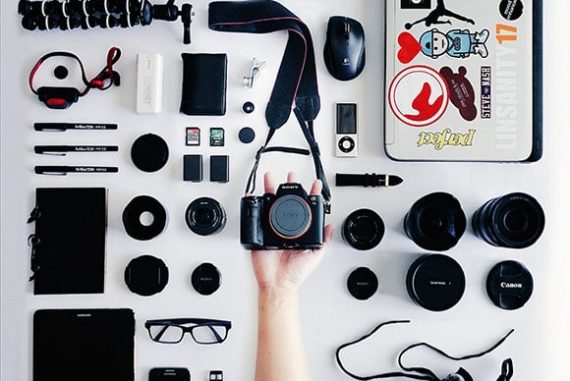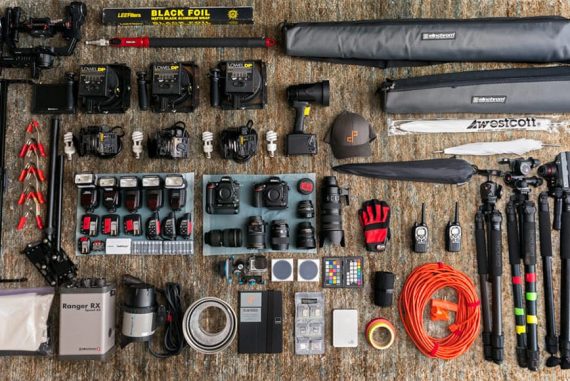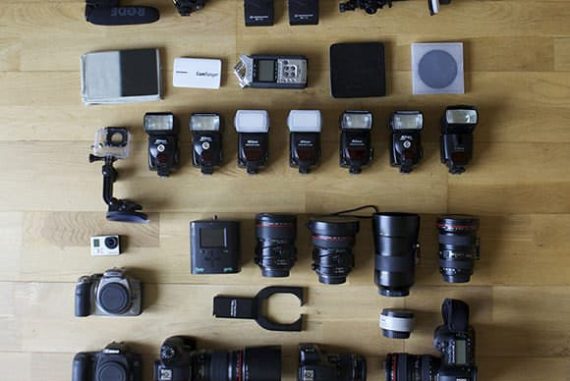Architecture Photographers
Keen to get into architecture photography? Knowing what type of gear other photographers use is a useful place to start.
And even if you’re already experienced at the genre, there’s always something new you can learn by peeking inside other photographers’ bags.
So what does architecture photography encompass?
From the man-made towers in a glittering metropolis to the luxe interiors of a real estate brochure, architecture photography concerns all kinds of structures.
Whether you’re shooting an interior or exterior will be a big determining factor in how you approach the task and what gear you use.
Your style of shooting will play a big part as well. Interestingly, some of the photographers featured here have huge kits filled with every type of gear, while for others, a camera body and a few lenses are enough to suffice.
For real estate photographers, one essential bit of gear is a wide angle lens. Interior rooms can often be tight spaces to photograph, and a wide angle allows for a kind of perspective that fits more into the frame.
In this way, the real estate photographer can show off all the details from wall to wall and make the viewer feel like they’re standing right there in the room.
That said, you might also spot macro lenses in some photographers’ kits, used to shoot architectural details.
For architecture and interiors, tilt shift lenses are also an invaluable asset, as they allow you to adjust the perspective of the lens without moving the camera.
Another handy tool you’ll frequently spot in the bags of real estate and interiors photographers is a colour checker. This is used as a reference to make sure that colours of an interior design scheme are represented as accurately as possible.
What about tripods? A tripod is handy for interiors, especially in low light, since real estate photos generally need to look as light and bright as possible.
Those shooting streetscapes or external shots of buildings often also carry a tripod in their kit. This is handy for, say, long exposure shots where you want traffic in a busy streetscape to become a blur of motion while the building remains crisp and sharp.
For lighting, some architecture photographers prefer to shoot only in natural light, while others invest in flash photography gear like speedlights, triggers and gels.
Architecture photography often overlaps with other photography genres. Those who shoot architecture (especially streetscapes and cityscapes) are frequently also landscape photographers. This makes sense, since the two are similar concepts – only one features natural landscapes and one urban landscapes.
Another common pairing you’ll notice is architecture photography and travel photography. Because why not travel the world in search of the most beautiful and unique structures to photograph?
From mosaic-covered mosques to glass-fronted skyscrapers, the world is a treasure trove of photographic opportunities for anyone with a camera and a passport.
So if you’re thinking about getting into architecture photography or want to shoot real estate for a living, be bold and give it a shot.
See what other pro photographers have in their kits and you’re bound to get some great inspiration to kickstart your journey.






